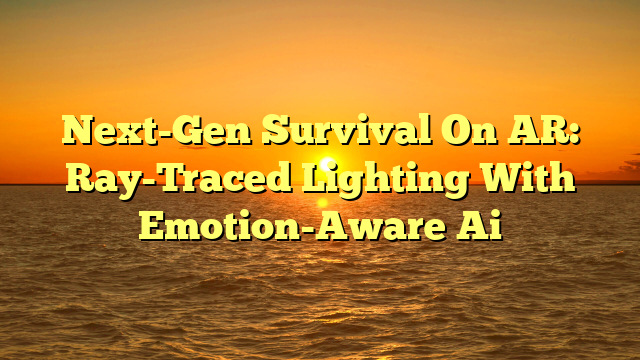
Virtual Reality in Gaming
Virtual reality (VR) is transforming gaming by providing immersive, three-dimensional experiences that place players directly inside game worlds. VR headsets, motion controllers, and tevi toto haptic feedback allow players to interact physically with digital environments. Games such as Half-Life: Alyx, Beat Saber, and The Walking Dead: Saints & Sinners illustrate the potential of VR to create deep immersion and new gameplay mechanics.
One of the main advantages of VR is immersion. Players perceive depth, scale, and perspective in a way that traditional screens cannot replicate. Head tracking, spatial audio, and realistic physics make interactions feel natural and believable, enhancing engagement and emotional connection.
VR also introduces unique gameplay mechanics. Motion controls allow players to physically interact with objects, wield weapons, and perform actions such as climbing or dodging. This creates intuitive, embodied experiences that demand skill, coordination, and strategic thinking. Puzzle-solving, rhythm, and action games benefit significantly from VR’s interactive capabilities.
Social VR experiences are expanding the multiplayer landscape. Virtual spaces, cooperative games, and shared events allow players to interact in ways beyond traditional communication. Platforms like VRChat and Rec Room foster socialization, creativity, and collaboration, blending gaming with social networking.
Despite its advantages, VR faces challenges. High hardware costs, motion sickness, and physical space requirements limit adoption. Developers must optimize performance, comfort, and accessibility to ensure enjoyable experiences. As technology advances, VR is expected to become more affordable, ergonomic, and content-rich.
In conclusion, virtual reality is redefining how players experience games. Its immersive environments, innovative mechanics, and social possibilities expand the boundaries of interactive entertainment. VR demonstrates the potential for gaming to evolve beyond traditional screens into fully embodied, participatory experiences.



